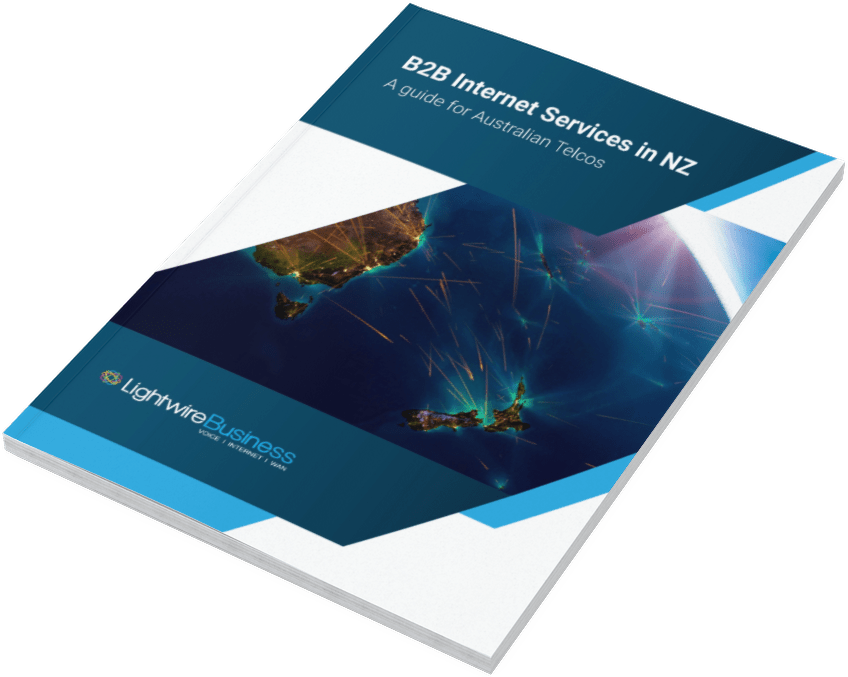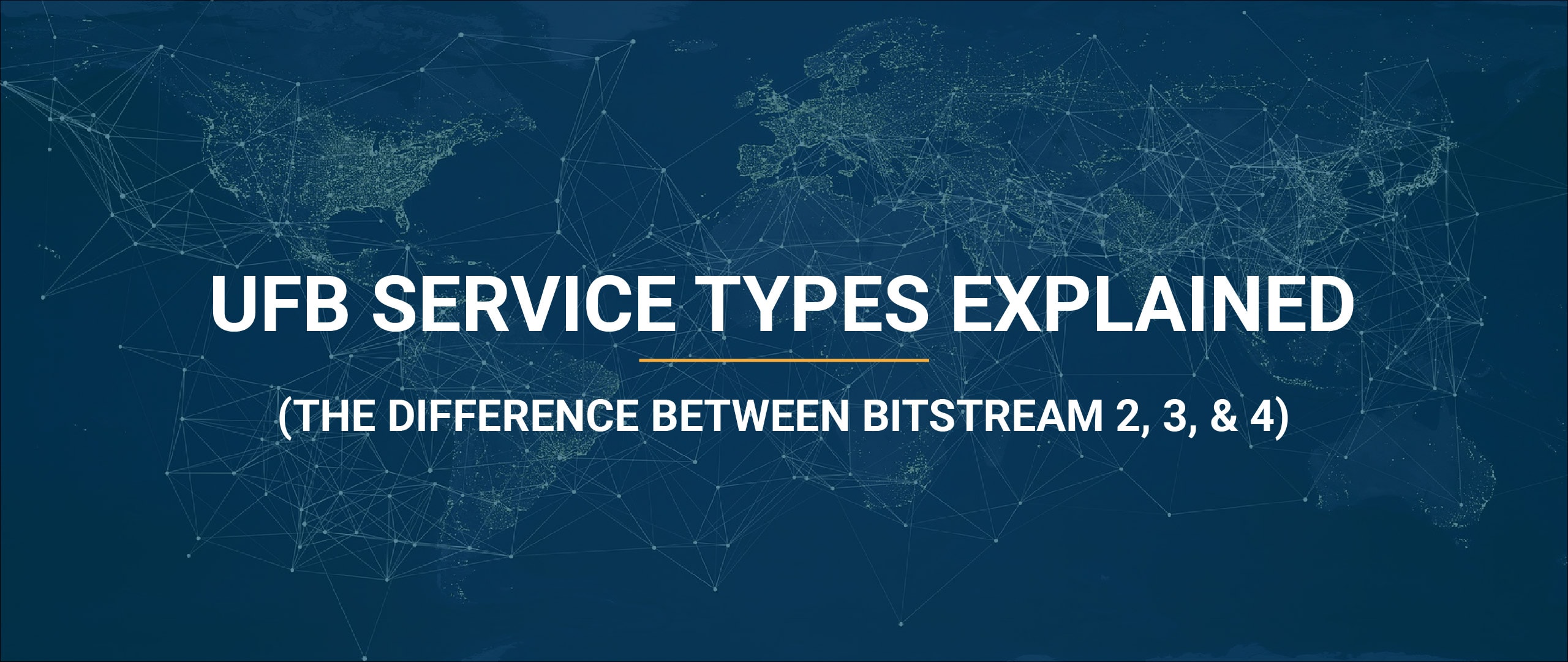Each Carrier has a slightly different set of speed offerings in the business space nowadays, but the access steps those speeds are offered over have retained a fairly well-aligned set of capabilities.
There are three main types of UFB access, called:
- Bitstream 2
- Bitstream 3
- Bitstream 4

Bitstream 4
Let’s start with Bitstream 4, as this is the service type most commonly aligning with the requests we get from our Australia telco partners. It is deployed across dedicated fibre to your premises, so it is a point-to-point fibre service, not a Gigabit Passive Optical Network (or GPON for short). In some markets, this type of service gets called Dedicated Internet Access (DIA), CIR services, and/or P2P.
BS4 offers multi-VLAN capability (allowing up to 4094 VLANs to be passed transparently), jumbo frames, lower latency and jitter characteristics, and guaranteed bandwidth at a Committed Interval Rate (CIR).
In layman’s terms, if you purchase 10 Gbps of ‘speed’ (bandwidth), then 10 Gbps is the ‘speed’ you can expect the connection to run at.
BS4 is aimed at the enterprise market and has the best SLA – called the “Enterprise SLA or Business Restore” by the carriers.
The catch? With the ridiculously fast speeds now on offer over BS2 and BS3 services, even an underperforming lower-tier service will provide faster speeds and similar restoration targets.
Use case: Targeted at the enterprise customer who needs committed speeds, the best SLAs, does a lot of voice and video conferencing runs latency-sensitive applications, hosts production services for customers or is the internet breakout site for an MPLS WAN, or needs diverse path services.
Service restoration targets: Enterprise SLA/Business Restore
Speeds: Options from 10 Mbps to 10 Gbps
Service Demarcation: Optical fibre ‘glass only’ interface, the 100Base-X/1000GBase-LX/10000GBase-LX
Become a NZ Internet Pro
Read the guide to get up to speed on everything from high-level market intel to service specific details and all the gotchas in between. No Forms, no calls – 100% free

Bitstream 3
Bitstream 3 is a service that brings most of the Enterprise features you get in BS4, such as multi-VLAN capability and SLA but without the full bandwidth CIR. It comes with a mixture of guaranteed and contended bandwidth and is similar to BS2 but provides higher symmetrical speed options on most carrier networks.
The reason for the best effort speeds over BS3 and BS2 comes down to the GPON design of UFB in New Zealand. That is, the local fibre companies (Carriers) tend to oversubscribe the FFPs (splitter cabinets) before the traffic gets to your ISP and are therefore subject to congestion, which is why BS4 or Dark Fibre is necessary for businesses requiring committed ‘speeds’. However, we are yet to see an instance where best-effort Gbps speeds don’t exceed the performance of BS4 services sold at a much higher price point (excluding handover congestion).
BS3 has a 64 MAC address limit. Why is this an issue? It restricts the number of Layer 2 devices you can have connected via the Optical Network Terminal (ONT).
It’s worth mentioning that when you attempt to connect more devices than the limit allows, the traffic from the most recently connected device will be discarded, so you should use a device that is capable of Layer 3 routing to avoid running into this issue.
Use case: Customers who need SIP lines, voice and video conference, are hosting in-house applications, need disruptions to be minimal, and offices or sites that represent the internet breakout point for an MPLS WAN, which requires the multi-VLAN capability.
Service restoration targets: Enterprise SLA/Business Restore
Speeds: Options from 100 Mbps to 4 Gbps
Service Demarcation: The service demarcation point at the End User’s Premises is the 100/1000Base-T UNI on the ONT
Bitstream 2
Bitstream 2 is the most common access type, with most home connections and small businesses connected via BS2 UFB services.
BS2 has changed a lot since the advent of UFB. Chorus now offers a Business Restore SLA across many of its BS2 products, putting it at odds with the other fibre companies and creating a bit of confusion for end users.
BS2 is known for its lower prices, but depending on the carrier, it can also come with a weaker service level agreement that only offers long restoration times and an 8-device MAC limit.
But with speeds up to 8 Gbps symmetrical (Hyperfibre), it’s a good price point for businesses that just want a fast connection and are not worried about best-effort speeds, not hosting production systems, and can afford some service disruption.
Use case: Varies by type, but any bandwidth-hungry business that needs low-cost connections for branch sites.
Service restoration target: Default (Enable, Northpower, Tuatahi First Fibre) or Enterprise (Chorus Small Business Fibre Bs2 product)
Speeds: Options beginning at 300 Mbps symmetrical to 8 Gbps symmetrical.
Service Demarcation: The service demarcation point at the End User’s Premises is the 100/1000Base-T UNI on the ONT
Become a NZ Internet Pro
Read the guide to get up to speed on everything from high-level market intel to service specific details and all the gotchas in between. No Forms, no calls – 100% free


